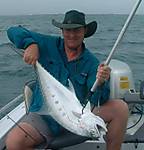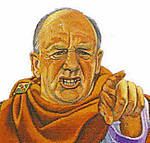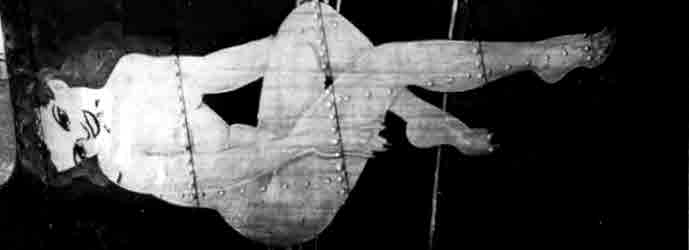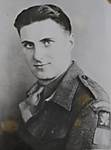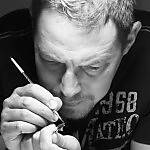The Eduard limited edition kit is in reality the Academy 1/48 scale injected molded kit, with all sorts of upgrades. Two PE-photo-etched sheets with one being colored for the Instrument panel, place cards, electrons, levers and knobs. A sheet of masks, for the windscreen and canopy which is always a nice touch, and a host of Eduard Brassin Resin parts: Wheels & tires, wheel hubs, the correct prop hub, two different sets of prop blades, a very nicely detailed gun sight, and a outstanding cockpit. Rather then the usual one piece cockpit, Eduard has designed it as a multi piece sub assembly as you would expect of an ejected molded cockpit. Decals are designed and printed by Cartograf for 6 different aircraft. I havenít exactly decided on which one to do as yet, but one of the main goals of this build is to kick up my MNF standards a few notches, so the build will be a NMF Bubble top. Eduard has supplied the builder with a 16 page instruction booklet printed on glossy stock, with the last several pages dedicated to each of the 6 individual aircraft.
Iíve gathered a fair amount of research material, so I felt I could check the kit for accuracy, make corrections as needed, and add small details.
Construction starts with the usual cockpit. The hardest part is cutting all the various walls and pieces off their molding blocks. The floor has nearly a full block, so I opted to use my Dremel and a disc cutter. Wearing a mask and cutting in the garage with the doors open, made short work of this. Final sanding was done as usual on wet emery cloth to cut down on the dust issues.
Work started on the two side walls. Comparing them to the maintenance manual, I noticed that the cockpit light should be on the left side wall, but itís molded on the right side. Yet, Iíve seen numerous restoration photos with it on the right, and one or two that just omitted it. So I cut it off and moved it to the other left wall, then added an electrical wire from lead wire stock. A few cables were added, and the upper sidewall plate was rebuilt on the right wall. Each wall on the upper rear side has some tube with two mounting brackets, so I made them out of lead wire, and the brackets out of masking tape.
Once the floor was detailed with the supplied parts, I primed all the various cockpit parts with Tamiya Flat Black FX-1. This was done for two reasons, I wanted to further darken the cockpit color, and add some much needed shadow modulation when I air brushed on the color coat.
As soon as I finished cleaning my air brush, I applied the color coat. Thereís been a lot written about what was the actual color of the P-47D cockpits. Without going into the long and short of it, I decided that Dark Dull Green would be the way I would go. Using Tamiya paints, I mixed 2 parts XF-5 Green to 1 part XF-4 Yellow Green and two drops of XF-1 Black. I cut this mix 1:1 with Tamiya X-20A Thinner.
The resulting color looks a little too bright due to the lights I used to take the pictures. Next I painted the appropriate electrical boxes, panels, etc. XF-69 Nato Black as it has a more scale look to it then just flat Black. I sealed everything by hand brushing on Pledge, then a wash of enamel Burnt Umber, and when dry a coat of Testors Dullcoat.
I added the colored PE shoulder harnesses and seatbelts to the seat, then started to glue up the cockpit.
Next up was the IP. A backer plate with the backs of the instrument gauges that I drilled out so I could wire them, the instrument faces, and finally the cover plate with the bezels. I have to say that this is so far superior to anything that I could have fabricated or painted.
Using Extra thin Zap A Gap and accelerator I glued up the rest of the cockpit.
With the cockpit now complete, I dry fitted it, and as expected it needs a little tweaking to fit correctly.
Joel













